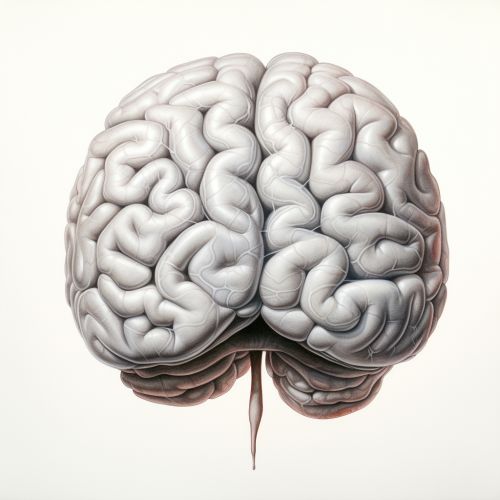Broca's area
Anatomy and Localization
Broca's area is a region in the frontal lobe of the dominant cerebral hemisphere, which is associated with language processing. The area is named after Paul Broca, a French physician, anatomist, and anthropologist, who discovered its function in the 19th century. It is located in the posterior part of the frontal lobe, in the left hemisphere in about 95% of right-handed individuals and 70% of left-handed individuals. This region encompasses two areas in the brain known as Brodmann areas 44 and 45, which are located in the posterior part of the frontal lobe, near the lateral sulcus (also known as the Sylvian fissure) that separates the frontal and temporal lobes.


Function
Broca's area is traditionally associated with speech production and language comprehension. It is involved in a variety of cognitive and perceptual tasks, including the processing of sentences, the production of speech sounds, and the comprehension of complex syntactic structures. It is also involved in the control of facial neurons and the production of language-related gestures.
Clinical Significance
Damage to Broca's area, often due to stroke, can result in language deficits known as Broca's aphasia, characterized by partial loss of the ability to produce language (spoken, manual, or written), although comprehension generally remains intact. This condition is also known as expressive aphasia or non-fluent aphasia. Patients with damage to this area can understand language but have difficulty producing speech and writing, and in some cases, can only produce single words or short phrases.
History
The area is named after Pierre Paul Broca, a French physician, anatomist, and anthropologist, who conducted post-mortem autopsies on the brains of individuals with language deficits, leading to the discovery of the function of this area in the 19th century. His work was a significant contribution to the field of neuropsychology and the understanding of the localization of brain functions.
